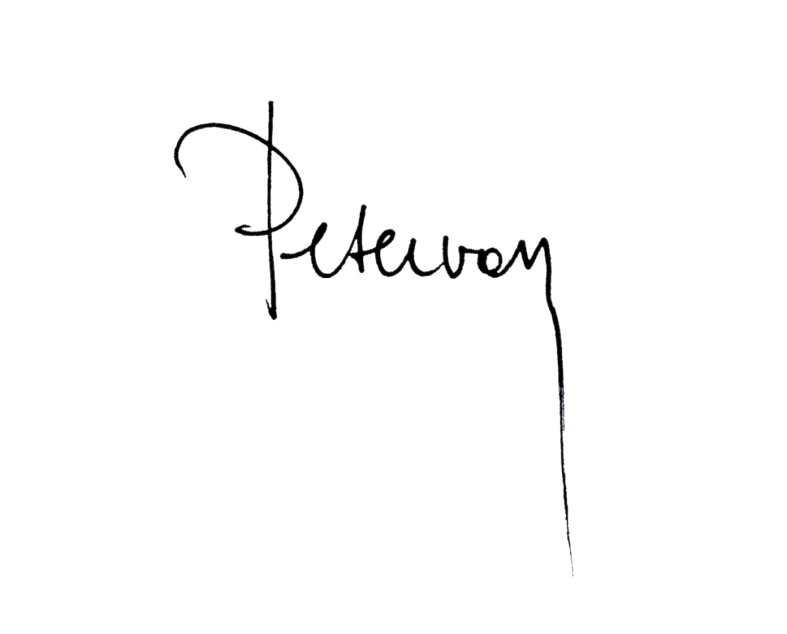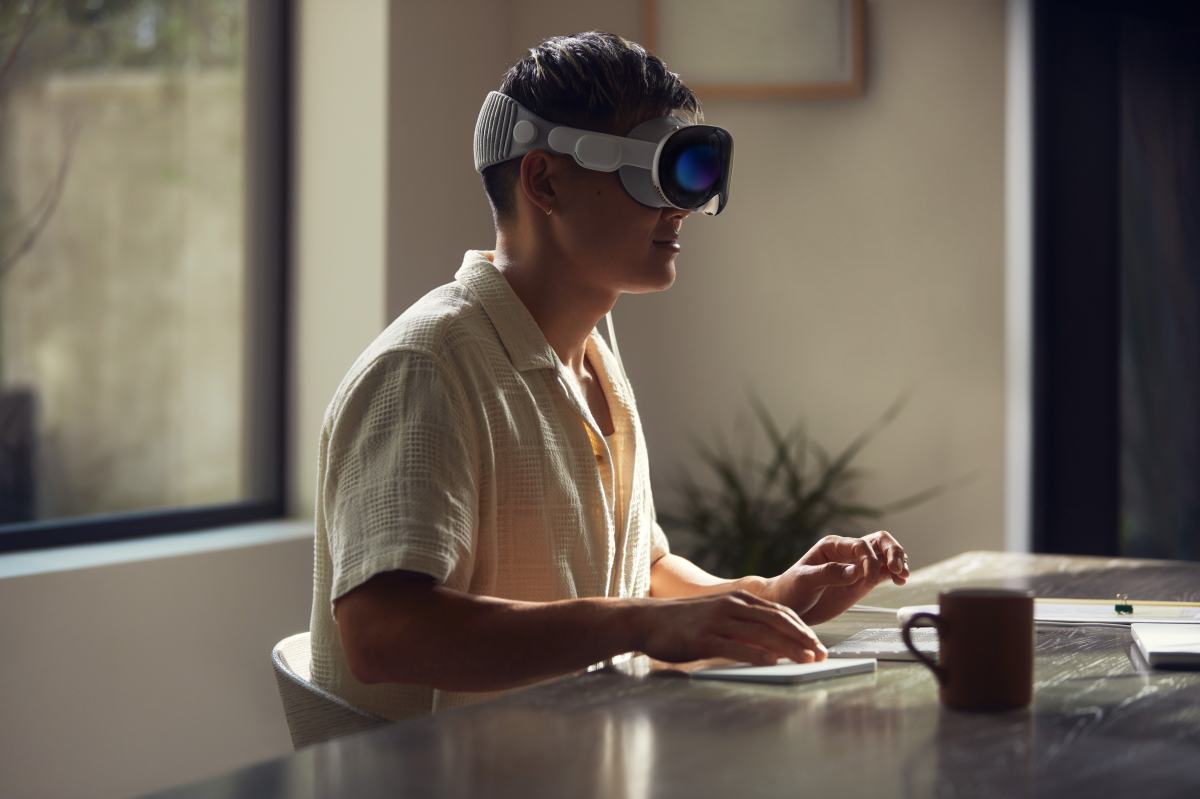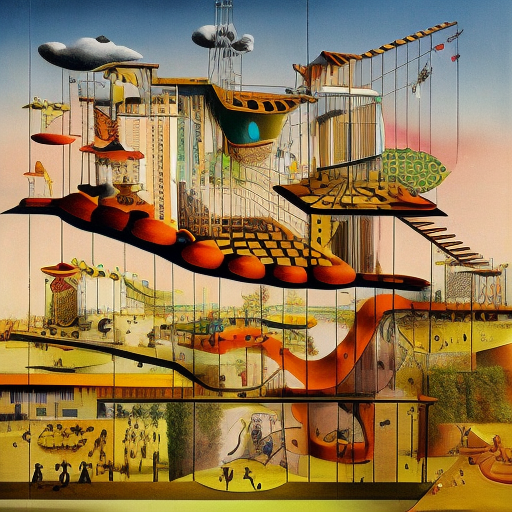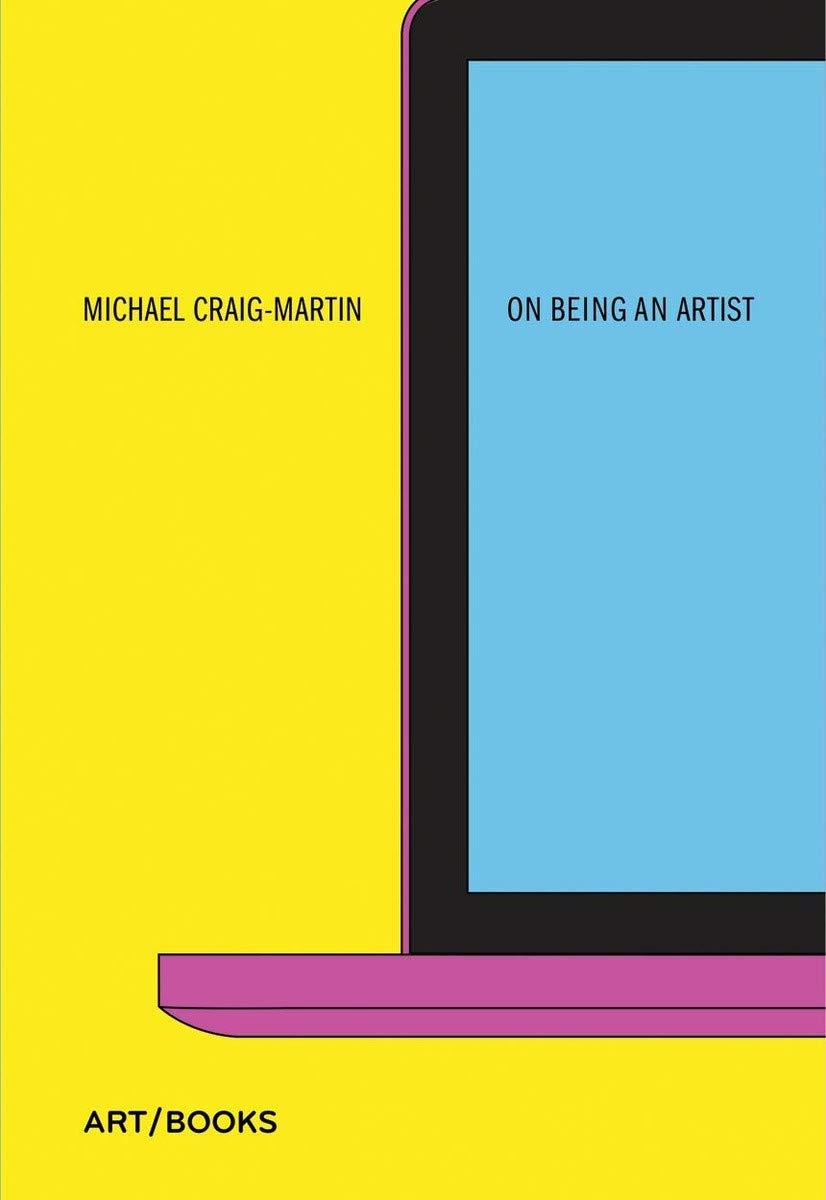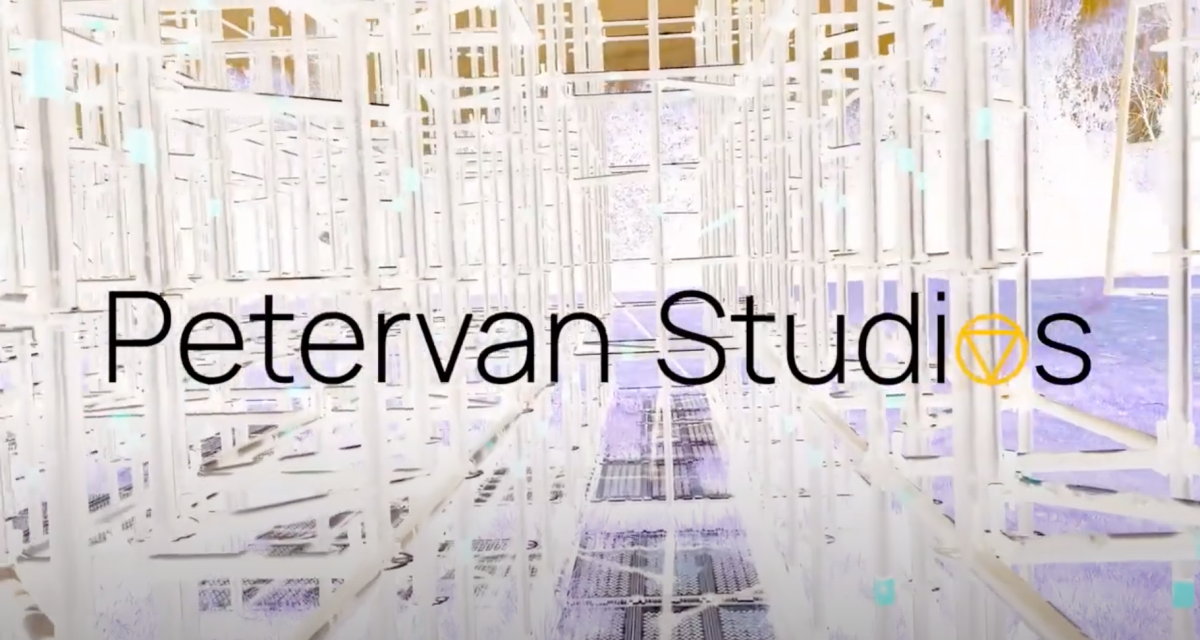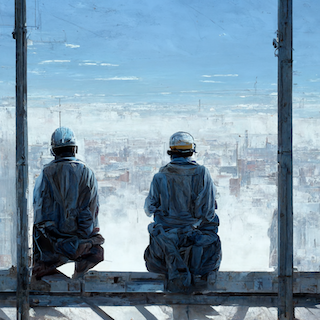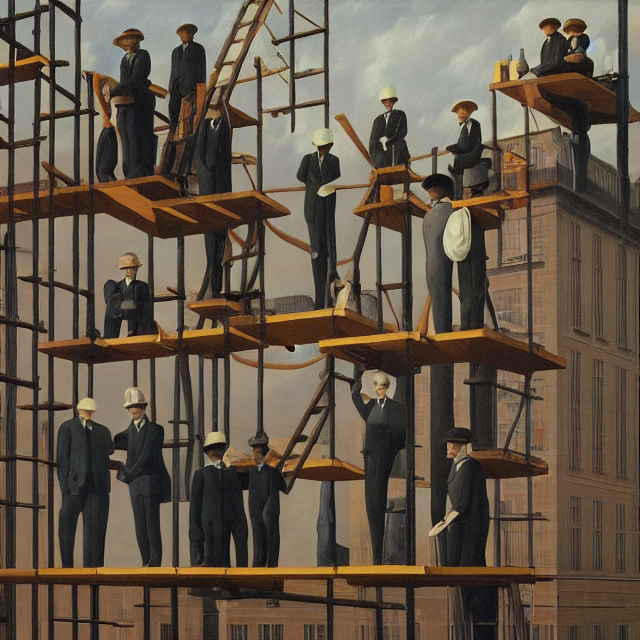As we are turning the pages from old to new, I thought of writing one of those old-school blog posts, more for the fun of writing it – and hopefully you reading it – rather than trying to make a point or breakthrough. Although pages, pointed pencils, and breaking through are definitely topics in these reflections about The Scaffold being a wormhole. Hope you enjoy this rabbit hole.
A brain worm in my head is obsessing about wormholes being an excellent metaphor or not for bending cognitive spaces to our own particular navigational needs.
An ear worm or brain worm is usually defined as a “catchy or memorable piece of music or saying that continuously occupies a person’s mind even after it is no longer being played or spoken about.”.
Unfortunately, in slang, it means “a persistent delusion or obsession; a deeply-ingrained or unquestioned idea”.
I leave it to my readers to assess whether my thoughts belong to the former or the latter.
The wormhole metaphor popped up during one of my catch-up calls with partners in crime about The Scaffold, our transdisciplinary learning studio for the never-normal.
The Scaffold is a wormhole, an unorthodox way of going faster from A to B.
Here is where Dr Romilly explains about the wormhole to Cooper in the film Interstellar:
I love the paper sheet and pencil metaphor to suggest this alternative route towards your imaginable futures.
Easier said than done: if The Scaffold is indeed a wormhole, what do we need in place to create the wormhole? What is the nature of the plane being folded?
The plane could be looked at as the social fabric for thinking together, thinking in synch. It is another tool or system to facilitate coordinated behaviour. The plane becomes a graph-mind, as explained in Venkat Rao’s Graph-Mind-Notebook series.
Punching the right line through the plane is difficult, and comes with great responsibility, and only few people can do this. These punchers are usually born like this, and often not welcome or seen as inappropriate in corporate environments.
It takes a huge effort to instigate experiences that break away from the normal. Humans are hardwired to believe what they hear/already know. Their brains are wired to look for mirror neurons, and this not only at the cognitive cortex, but also at the motor cortex, visual cortex, other cortexes…
How do you break away into the territory of experimental imagination, as described by Ann Pendleton in Pragmatic Imagination? You could use LSD trips to create experiences that are as strong as giving birth to a baby. Seriously, how to make the hole is a very serious proposition.
You have to first identify the consistency of assumptions of the plane, then have different strategies for drilling the hole, and a list of tools to drill the hole.
I always thought – and still do – that using artists is a natural human way to resonate beyond the cognitive, textual level. Artists – not as entertainment, but as prime contributors to the content and the narrative – can bring us in a state of different reality.
It is about human presence in multiple realities, in form ànd feeling, in space ànd time. It resembles to dance, or rather choreography.
“Dance/choreography is dancing of the second order, meta-dancing, or better, it is an investigation of dancing.”
Alva Noe in his book The Entanglement
“We will soon live life across multiple realities. Each with its own physical laws, bodies & affordances. The only common denominators? Space, time and human presence.”
Andreea Ion Cojocaru
How to make holes is also a matter of nuance, of deciding how much dissonance you want, you can have, what’s beyond your comfort zone, although we know from Niels Pflaeging that there is no such thing as a comfort zone.
Imagine a dial/slider of dissonance
Who turns the dial? Who is the orchestrator/composer/juggler of place, space, and time? Who is the mapper/weaver of ideas? Who curates the team of transdisciplinarians in a coherent impactful learning experience?
This is about going through walls.
It remembers me of Geoff Manaugh’s blog about Nakatomi Space where he described Bruce Willis’ Die Hard experience to literally going through walls
What I find so interesting about Die Hard—in addition to unironically enjoying the film—is that it cinematically depicts what it means to bend space to your own particular navigational needs.
This mutational exploration of architecture even supplies the building’s narrative premise: the terrorists are there for no other reason than to drill through and rob the Nakatomi Corporation’s electromagnetically sealed vault.
Die Hard asks naive but powerful questions: If you have to get from A to B—that is, from the 31st floor to the lobby, or from the 26th floor to the roof—why not blast, carve, shoot, lockpick, and climb your way there, hitchhiking rides atop elevator cars and meandering through the labyrinthine, previously unexposed back-corridors of the built environment?
Geoff Manaugh
The Scaffold as a wormhole is about going through previously unexposed back-corridors where all is malleable.
This will scare the hell out of many. The disclaimer deserves a warning to be prepared to be discomforted, even to expect existential angst. Such disclaimer also imposes a duty of extreme care to the designer of such experience.
Interestingly, and to stay in the world of film and imagination, the quote “Innovate or die” is sometimes attributed to Robert Iger, the CEO of the Walt Disney Company.
In that sense, the title of this blog post could as well have been
“Die Hard and Innovate”
With thanks to Andreea, Marti, JMS, Josie, and Venkat for planting these brainworms in my head.
Warmest,



